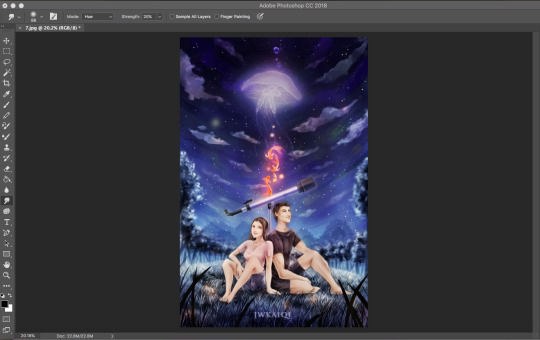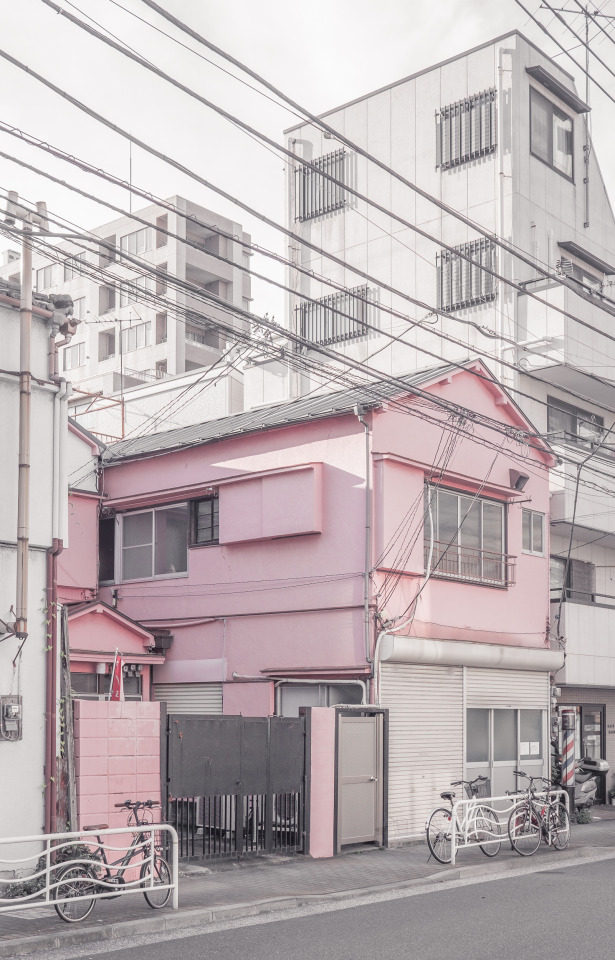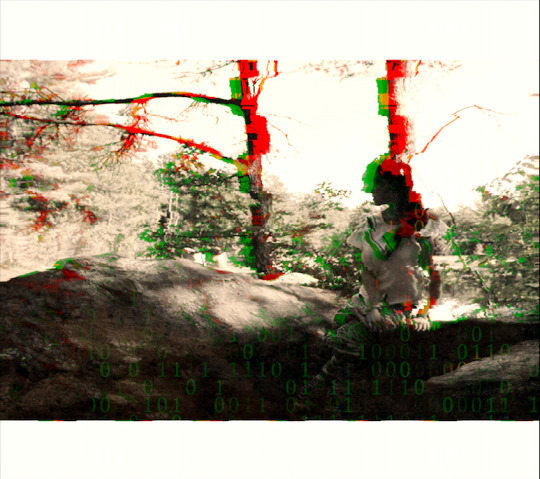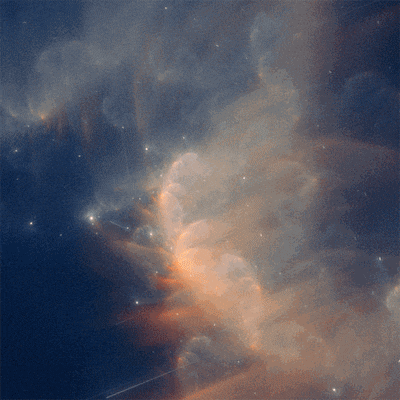Don't wanna be here? Send us removal request.
Text
Project 4 - Option 3
I choose option three for this project, how to interact a digital art beyond a computer screen. My goal is to find a way to represent a digital image in a 2d computer monitor in a 3d real-life format.
As I explore with different options and ideas, I decide to create a lightbox for this project. Lev Manovich pointed out “Deep Remixability” in his paper “Understanding Hybrid Media”, the idea of hybrid revolution in the modern society is not simply the remix of the content from different media but also their fundamental techniques, working methods, ways of representation and expression. This inspired me to find a way that combines the long-standing tradition of a lightbox in fine art and advertising with techniques that's being used for modern digital art. I normally use Photoshop for digital drawing, and to me, one of the most important and fundamental technique is using layers to draw independent components.
In brief, I used a digital drawing of mine as the base image, I choose this image because it has an interesting composition and it has many "dreamy-like" elements. There are total eight layers in this drawing: the background, cloud, moon (jellyfish), tree, telescope, people, and goldfish. I printed and cut each of the layers, then I stacked them together in their z-index order with some distance in between. This gives an illusion of 3D, and depth of field. I also added some lights to the box for decoration (making a lightbox at the end). Finally, I painted the interface of Photoshop and stacked it on top of the whole thing. A lightbox inspired by Photoshop digital drawing is now completed.
Reference: Lev Manovich, Understanding Hybrid Media. Betti-Sue Hertz, ed., Animated Paintings. San Diego: San Diego Museum of Art, 2007.

Screenshot of Photoshop

Layers

Lightbox



2 notes
·
View notes
Photo

Pink residence in Morishita, Tokyo | © Jan Vranovský, 2016
21K notes
·
View notes
Video
tumblr
Project 3
Statment
The main idea of my project is to simulate the memory and scenes in my head by using a combination of chronophotography and motions.
I was inspired by Étienne-Jules Marey's Chronophotography, the photographic technique that captures movement in several frames of print. In addition, the essay "Between Still and Moving Images" stated that "... still images have become a mere subcategory of animation, a transitional state wherein the transformation of the image is a click away." Which gives me the idea of merging chronophotography images into a video sequence. By doing this, I can somehow blend up the boundary between photographic still images and cinematic moving images in an interesting and meaningful form.
As mentioned above, this project illustrated a memory piece of mine. I purposely reversed and turned down the saturation and clarity of the background motion video to demonstrate how our memory that involves with motion can be easily manipulated, lost or blurred as time past by. In contrast, some memorable frozen scenes and moments can last quite clear even for a long period of time. Although I lost the memory of movement, I still remember many still scenes that happened back then.
Reference:
Miklós, Vincze. “Chronophotography: The Photos That Revealed The Secrets Of Motion.” io9, io9.Gizmodo.com, 6 Feb. 2015, io9.gizmodo.com/chronophotography-the-photos-that-revealed-the-secrets-1684269150.
Olivier Lugon, Laurent Guido. “Between Still and Moving Images”, 2012.
“What is Cinematography? | Arts.” The Harvard Crimson, www.thecrimson.com/article/2011/2/8/what-is-cinematography/.
0 notes
Text
Blog #8&9
Part 1
Deep Remixability
In the modern society, the idea of hybrid revolution is not simply the remix of the content from different media but also their fundamental techniques, working methods, ways of representation and expression.
Variable form
A key feature that modern digital computers allow us to represent any structural or form as a set of variables, which can be constantly changed on many visual dimensions.
Continuity turn
All constants were replaced by variables whose value and be changed continuously, which summarize how the shift to software-based representations affected the modern language of form. As a result, both the temporal visual form of graphic cinema and the spatial form of architecture started to explore the new universe of continuous change and transformation.
Metamedium
According to computer scientist Alan Kay, who proposed this term in the 1970s, we should think of the digital computer as a metamedium containing all the different “already existing and non-yet-invented media. metameidum represent the new relationships between form and content in the development of new technologies and new media according to McLuhan. The concept that described the totalizing effect of media environments.
0 notes
Text
Project 2 Glitch Art

Statment:
I have tried out many different methods to create the glitch effect, such as Text Editor, Music Editor, Photoshop, and different pixel sorting methods. For this project, I decided to use Photoshop. The main reason of that is because I want to explore and learn different functionalities of Photoshop that I have never try before. My inspiration came from the famous youtube glitch artist letsgettoitnow. Not only his tutorial was clear and easy to follow but also his products are very interesting to look at.
To me, glitch art is a perfect example of reminding people how much impact technology plays in our daily life. What we see on a screen depends on the accuracy of our computer, which is something I want to demonstrate for this project. I chose a photo of me as the reference image, which was taken a year ago during my summer vacation at Muskoka. This picture captured the moment of me sitting on a rock and staring at the lake behind me. I chose this image for many reasons. First is because of the beauty of nature, and its peacefulness. In addition, I also like the composition, lighting, and the special memory behind this picture. However, I decided to manipulate the peaceful atmosphere, which creates a sense of frustration and uncertainness.
As a summary of my process, first I applied the filter waves couple times to create the glitchiness, which brings out the sense of unstableness. Then, I changed the color to black/white and applied a texture of dirt to further emphasize the sensation of the picture. Colors red and green are being used at here because they are complementary color, and they form the base color of today’s modern digital world, RGB. The binary number at the bottom also has some special meaning to it. Since I am a computer science student, there are many times that I felt frustrated and miserable during my study. The binary number represents my daily activities, such as coop and school, which both involved programming. On the other hand, the binary number also indicates that how frustrated technology can make us feel if they stop working properly.
“Jobey (@Letsgettoitnow) • Instagram photos and videos.” Instagram, www.instagram.com/letsgettoitnow/.
0 notes










